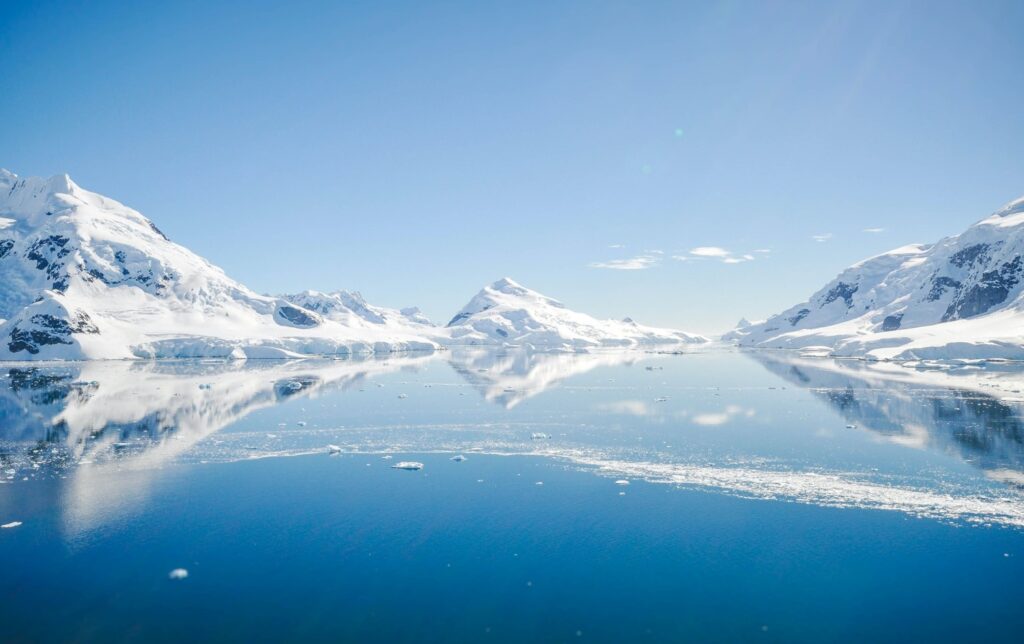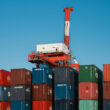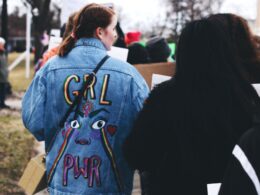The United Nations has designated September 16 as “International Day for the Preservation of the Ozone Layer” to commemorate the signing of the Montreal Protocol and stop the destruction of the ozone layer.
Los Angeles, CA (Business Northeast) – The ozone layer needs our protection! Ozone is like a protective shield for the earth and has a critical mission to protect the earth’s ecology. Since scientists discovered that the concentration of the ozone layer has been declining 35 years ago, human beings have only understood how harmful chemical pollution is to the environment. Every year, September 16 is the International Day for the Preservation of the Ozone Layer, calling on all countries to pay attention to environmental protection to protect our ozone layer.
In 1974, professors Frank Sherwood Rowland and Mario Molina of the University of California discovered a severe hole in the ozone layer in the North and South poles, covering an area of up to 7.7 million square miles. (20 million square kilometers). The damage to the ozone layer will lead to excessive ultraviolet rays on the earth, which is a significant concern for human health. Therefore, in 1987, 46 countries worldwide signed the “Montreal Protocol on Substances that Deplete the Ozone Layer,” referred to as the “Montreal Protocol,” which means that governments will protect the ozone.
The ozone layer is located in the stratosphere of the atmosphere, about 20-50 kilometers from the ground. It is like a thin film that absorbs short-wave ultraviolet rays in sunlight, reduces ultraviolet rays from irradiating the earth, and thus aims to protect the planet’s life. However, according to statistics, the thickness of the ozone layer in the northern hemisphere has decreased by 4% every year in the past period. Scientists have found that the refrigerants, flame retardants, solvents, and foaming agents commonly used by humans are rich in artificial chlorofluorocarbons (Chlorofluorocarbons, CFCs, also known as CFCs), which are the leading killers of the ozone layer.

If the earth lacks the ozone layer to absorb ultraviolet radiation, not only will the weather worldwide change drastically, but crops and animals will also directly or indirectly affect growth and development. What is more serious is that long-term exposure to ultraviolet light will cause human skin lesions or Eye diseases such as cataracts have a wide range of effects.
The good news is that Montreal Protocol comes into play and has become a very binding international treaty. Preliminary results have been obtained after the complete ban of CFCs. According to scientists’ observations, the Antarctic ozone layer has seen the first signs of possible restoration. As CFCs in the upper atmosphere gradually decrease, it is predicted that the ozone hole will shrink to the size of 1980 by around 2070.
With the increasing environmental protection awareness, more than 170 countries worldwide have joined the ⟪Montreal Protocol⟫. This year, the theme of international ozone layer protection has been set as “Global Cooperation to Protect Life on Earth” to achieve the goal of sustainable development.










